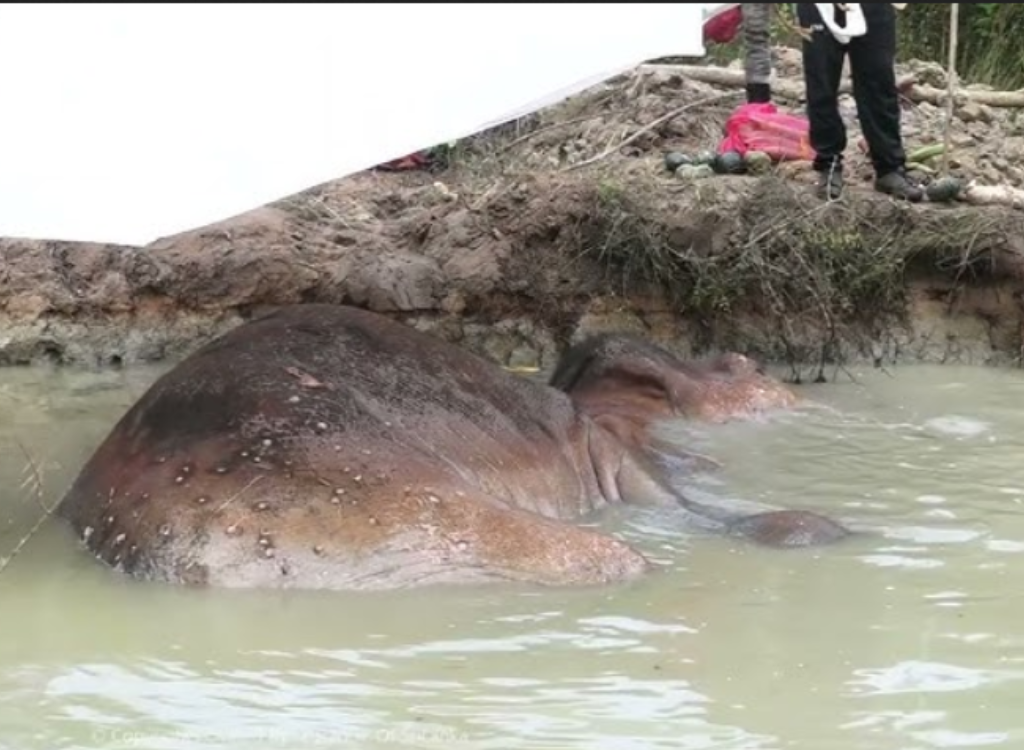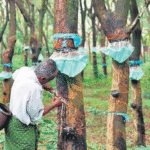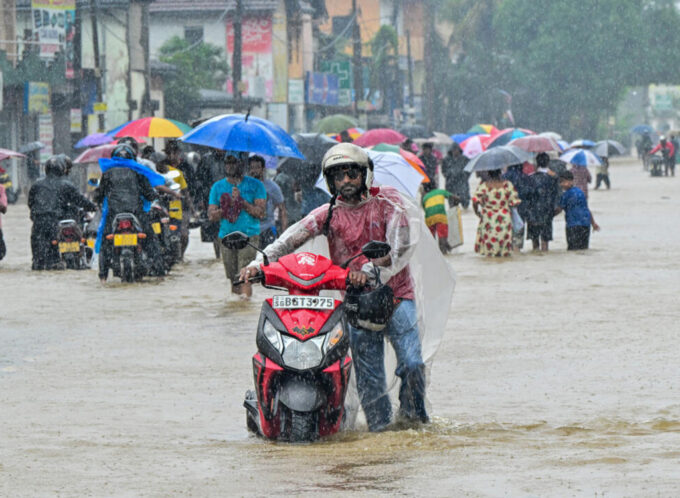Veterinary and wildlife officials are racing against time to save two of Sri Lanka’s iconic wild tuskers, both suffering from gunshot injuries in separate incidents.
Medical treatment continued yesterday (11) for Bhathiya, a well-known tusker with a grievous gunshot wound to his front right leg.
According to Professor Ashoka Dangolla, a senior veterinary surgeon from the University of Peradeniya, Bhatiya’s condition remains critical.
In a separate operation, wildlife officials launched a targeted intervention earlier this week to treat another injured tusker, Yasa, a 20-year-old elephant whose home range lies within the Kala Wewa region.
Yasa was sighted with visible signs of injury, prompting officials from the Pandulagama Wildlife Office to initiate a special field operation.
After days of tracking, the team was able to pinpoint the animal’s location within the Kala Wewa reserve on Thursday. The tusker was successfully tranquilised, allowing veterinarians to begin on-site treatment.
Both incidents underscore the escalating threat posed to Sri Lanka’s dwindling elephant population from human-elephant conflict and illegal shootings. Although elephants are protected under national law, these majestic beasts continue to fall victim to deliberate acts of violence, a reality that conservationists say demands stronger enforcement and community engagement.
Sri Lanka is home to an estimated 6,000 wild elephants, many of whom roam protected reserves and buffer zones that are increasingly encroached upon by human activity.
Experts have repeatedly warned that unless urgent action is taken to mitigate conflict and safeguard these animals, the island’s elephant heritage could be lost within a generation.











Leave a comment